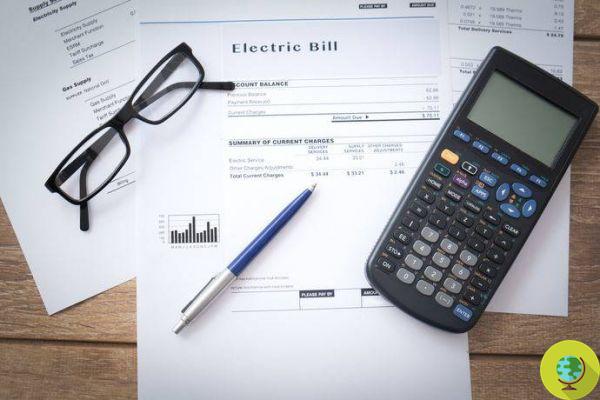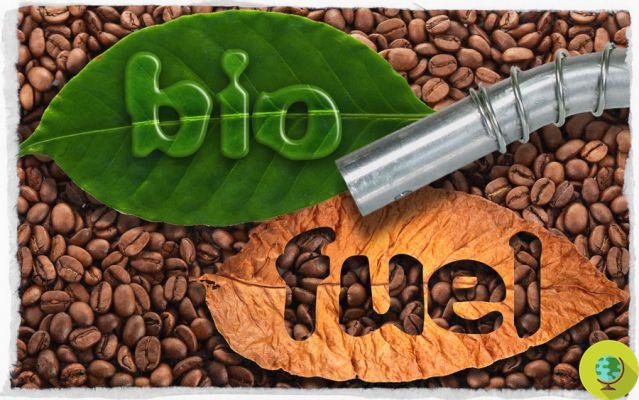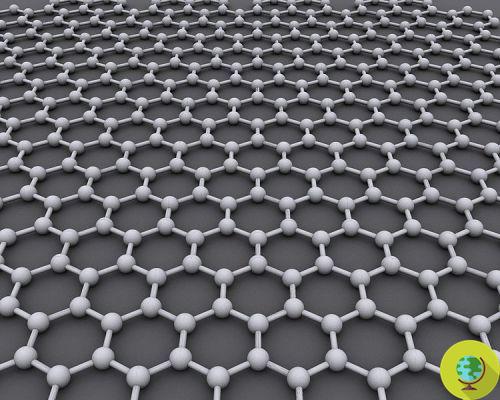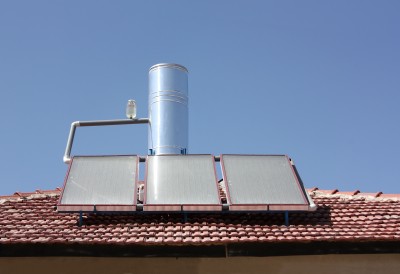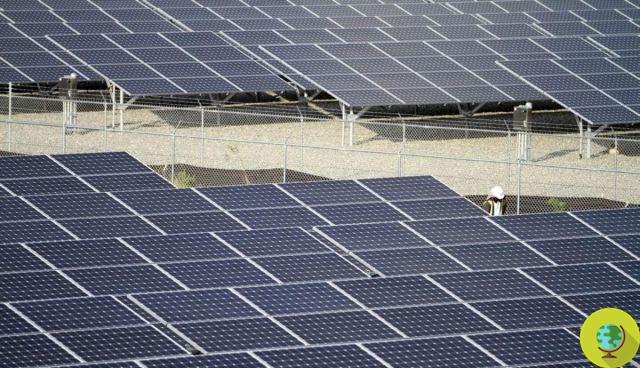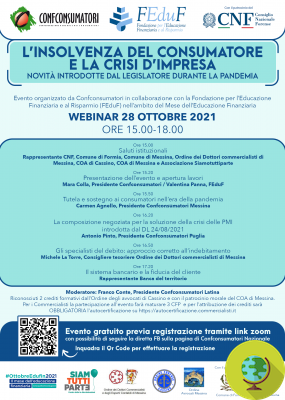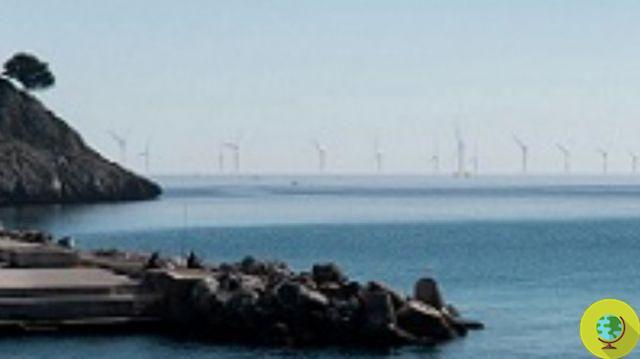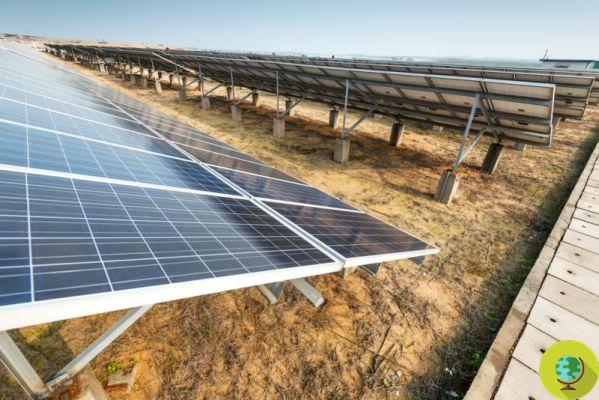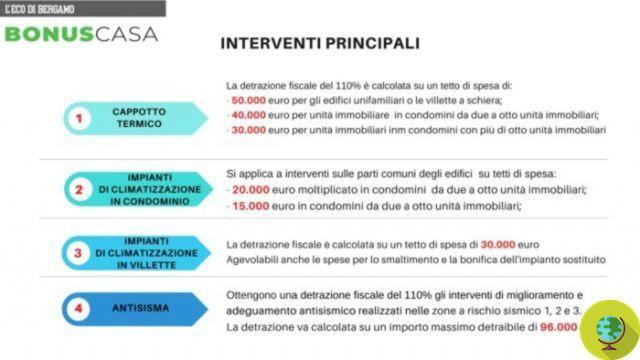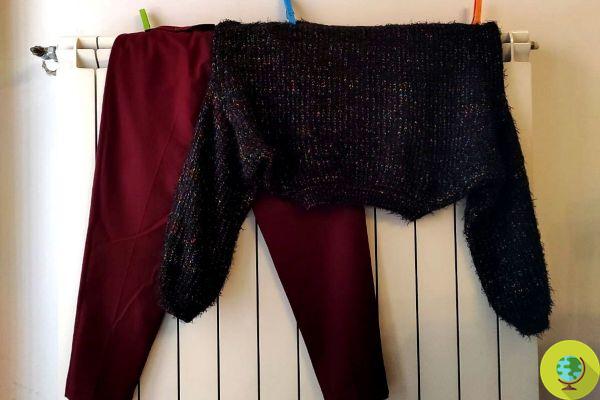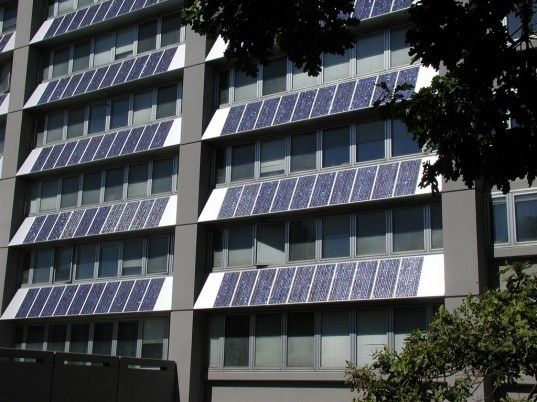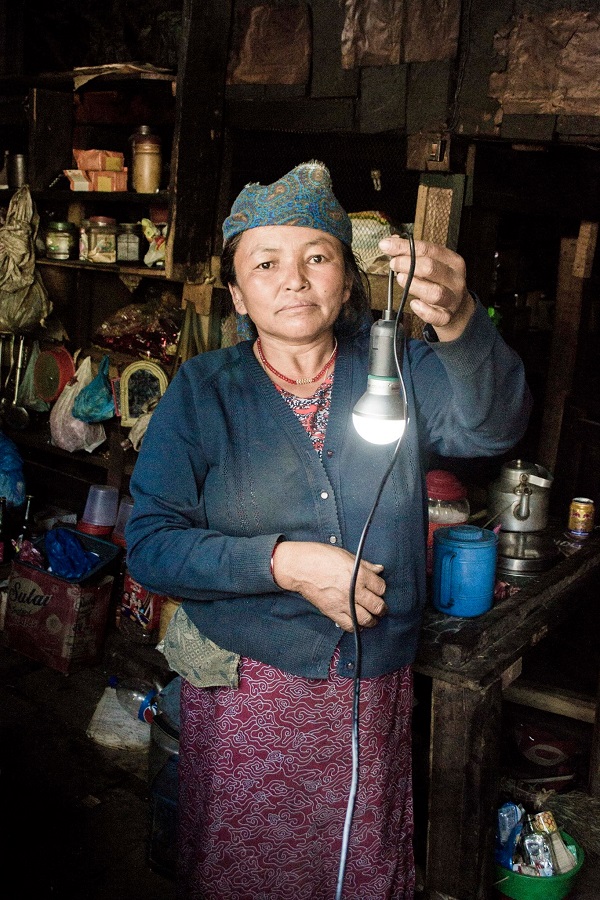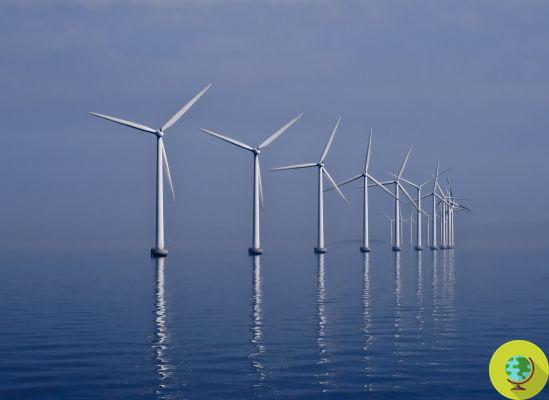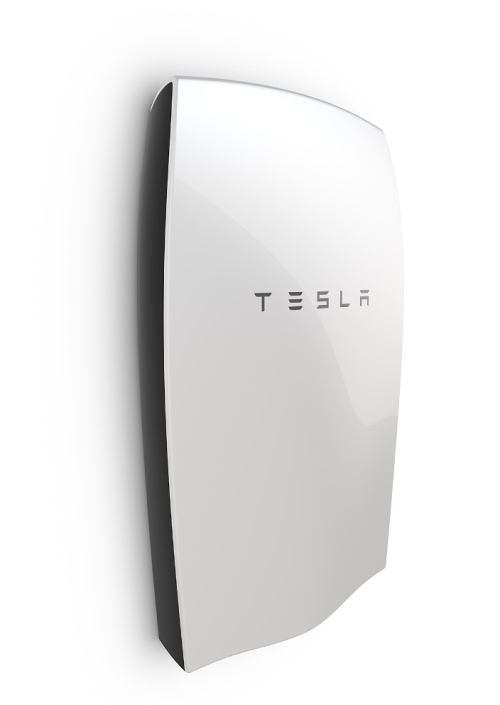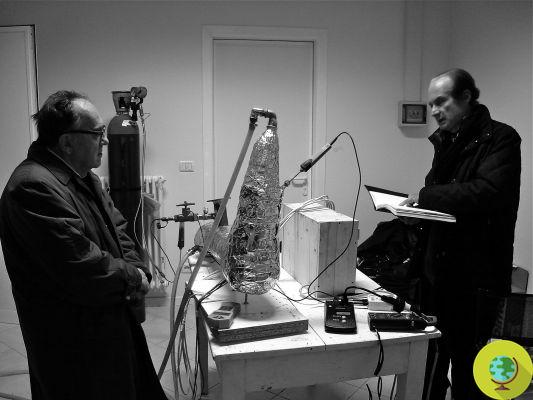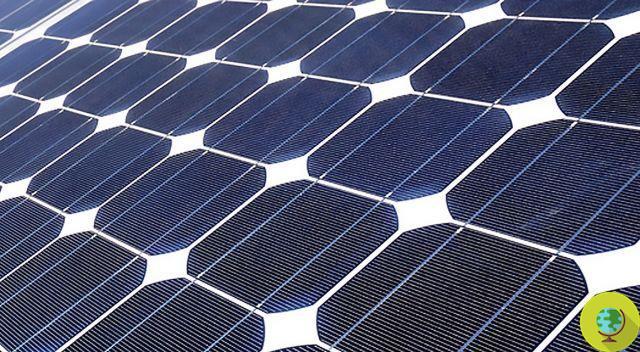
Only one will succeed, but there are still many to try. Among those attempting to print solar cells on flexible, lightweight media that can be applied anywhere is now a team of researchers from Oregon State University. Led by professor of biological and environmental engineering Chih-hung Chang, the team is engaged in the study of inkjet technology: the latter could in fact be very useful for the production of very thin solar cells, to be printed as ink is printed on a common sheet. paper.
He is about to end up run over, his mother saves him
Only one will succeed, but there are still many to try. Among those who are trying to print solar cells on flexible, light and applicable media there is now also a team of researchers area of Oregon state university. Led by the professor of biological and environmental engineering Chih-hung Chang, the team is engaged in the study of techinkjet: the latter could in fact be very useful for the production of very thin solar cells, to print how to print theink on a plain sheet of paper.
"It is a very promising road and can be an important technology to add to the field ofsolar power - he has declared Chih-hung Chang - until now no one has been able to create solar devices CIGS employing technology a ink jet. With the acronym CIGS the professor means the mix of compounds at the base of traditional solar cells, that is copper (Copper), Indian (Indium), gallium (Gallium) e selenium (Selenium). In fact it is like this: ultra-thin solar cells (even sprays!) already exist, but no one has yet managed to produce them with inkjet technology. The problem will be anyway make the process profitable enough to allow for a commercial sale.
The basics are there. The project, as explained in detail by Physorg.org presents indeed notable advantages: in addition to the small size, the considerable savings of matter that would be obtained from a manufacture of this type a industrial level. In short, the opposite of what is happening today with the so-called "deposition" processes. The experiments conducted, however, are still far from any hypothesis business. The percentage of energy conversion it remains low (around 5%) and the minimum target seems rather distant (12%). In any case, scientific discoveries in the field of nanotechnology could be very useful, and perhaps not too long to start the home printer and produce a small solar panel… Obviously in A4 format.
Roberto Zambon




